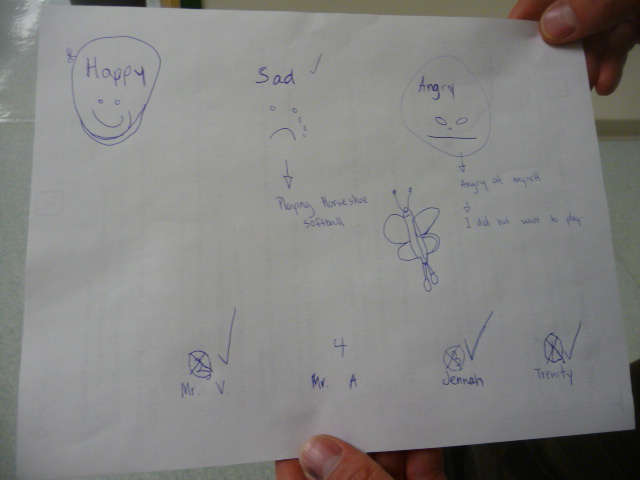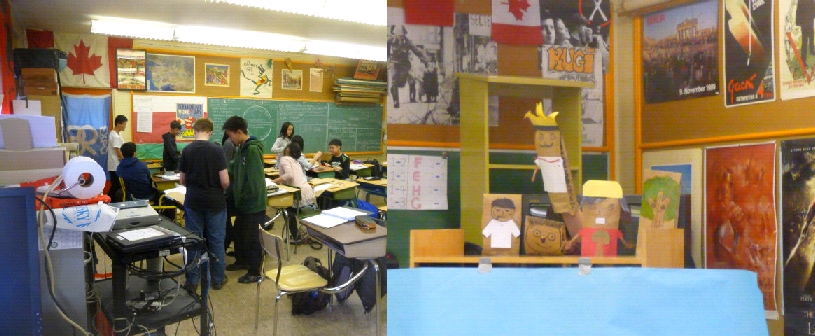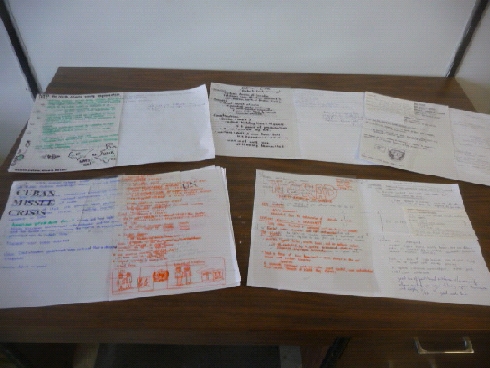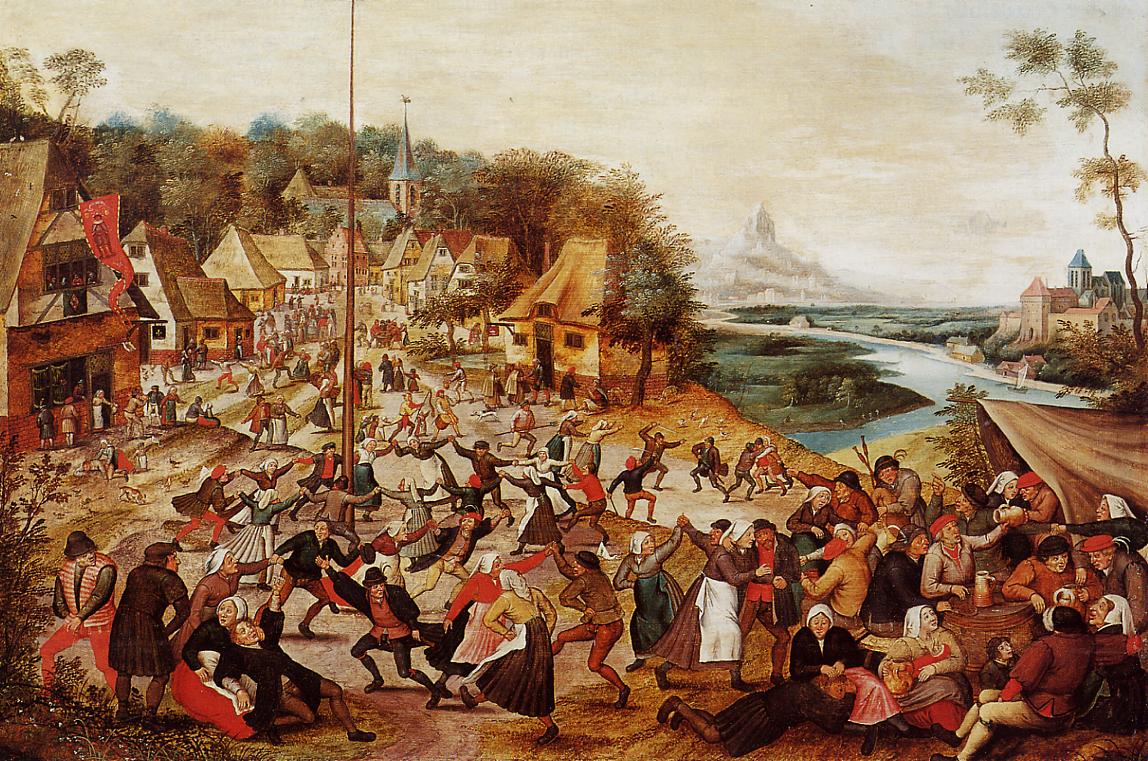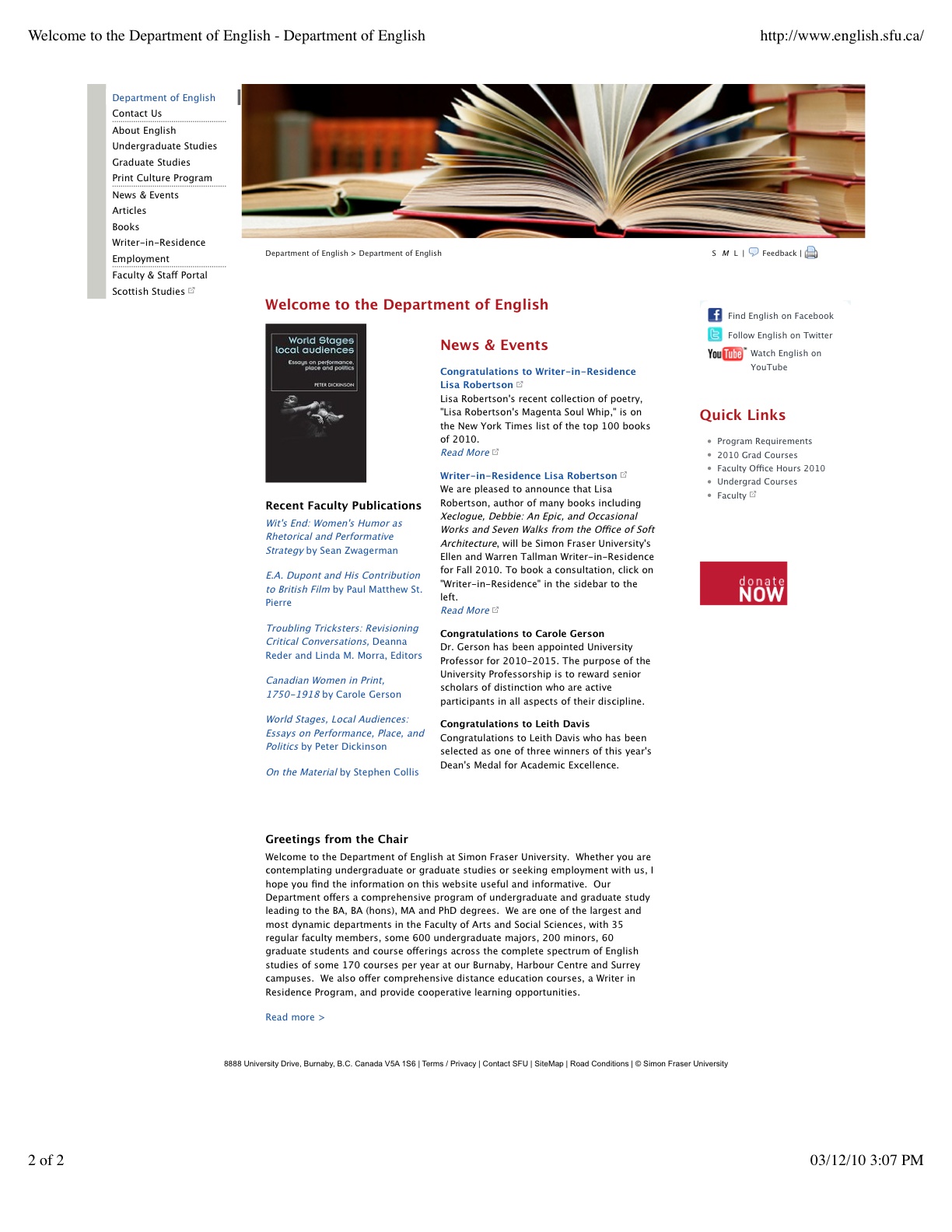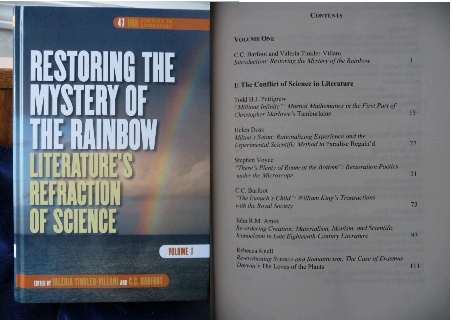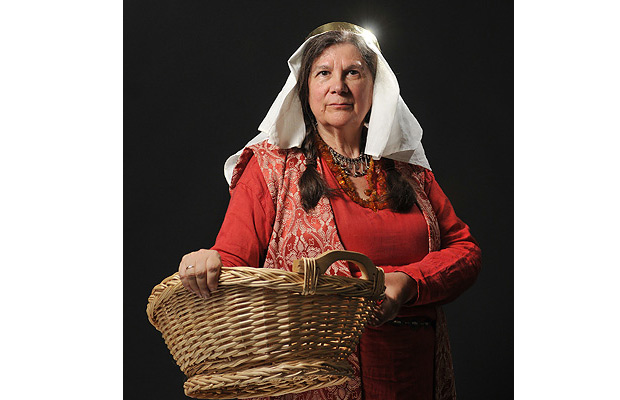 Artifact: Halloween Student Day Killarney Secondary School: October 29, 2010.
Artifact: Halloween Student Day Killarney Secondary School: October 29, 2010.
Reflection: This special day has been a tradition at Killarney Secondary School for the last twenty four years; it was originated to ‘burn up’ the energy of students preparing for Halloween and is for grades eight and nine students. What I found very touching about this particular artifact is the mindful attention the instructor depicted in the photo towards students with learning exceptionalities. What I noticed about the behaviour of all the other students that moved me so much was the utter acceptance and inclusion of the above pictured students. I had made friends with one of the teachers of special education while on my practicum – Kathy Hartman – and learned a great deal about the problems and difficulties instructors of students with exceptionalities face. Kathy and I are meeting outside of the school with other teachers to discuss and exchange information about our interests and community work. I was so impressed with the information and exemplar models I have witnessed in how education has shifted positively in the things I value and care about in terms of ‘fair treatment’ for students and all people since my attendance in school (many years ago) that I am now incorporating this into my own teaching philosophy as well as choice of special education as a teaching diploma. Further, from this experience and commencing my special education diploma, I have met a special education professor, Dr Marion Porath, whom shares an interest of mine close to my personal teaching philosophy of ‘community-based learning’ – (community inspired lessons whereby community subject matter experts work directly with students and their teachers in schools, as well as students learning directly in their communities) – undertaking restoration and powder coating projects which will mirror two California based educational successes – Team Isetta and Team Sprite. Community-based learning is valuable in my view as it matters little on a student’s academic abilities, but rather fosters community involvement and emotional growth for all students based upon interest in tangible, real life issues.




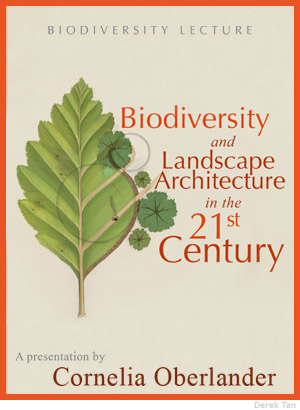
 Social Anxiety Disorder Brochure
Social Anxiety Disorder Brochure